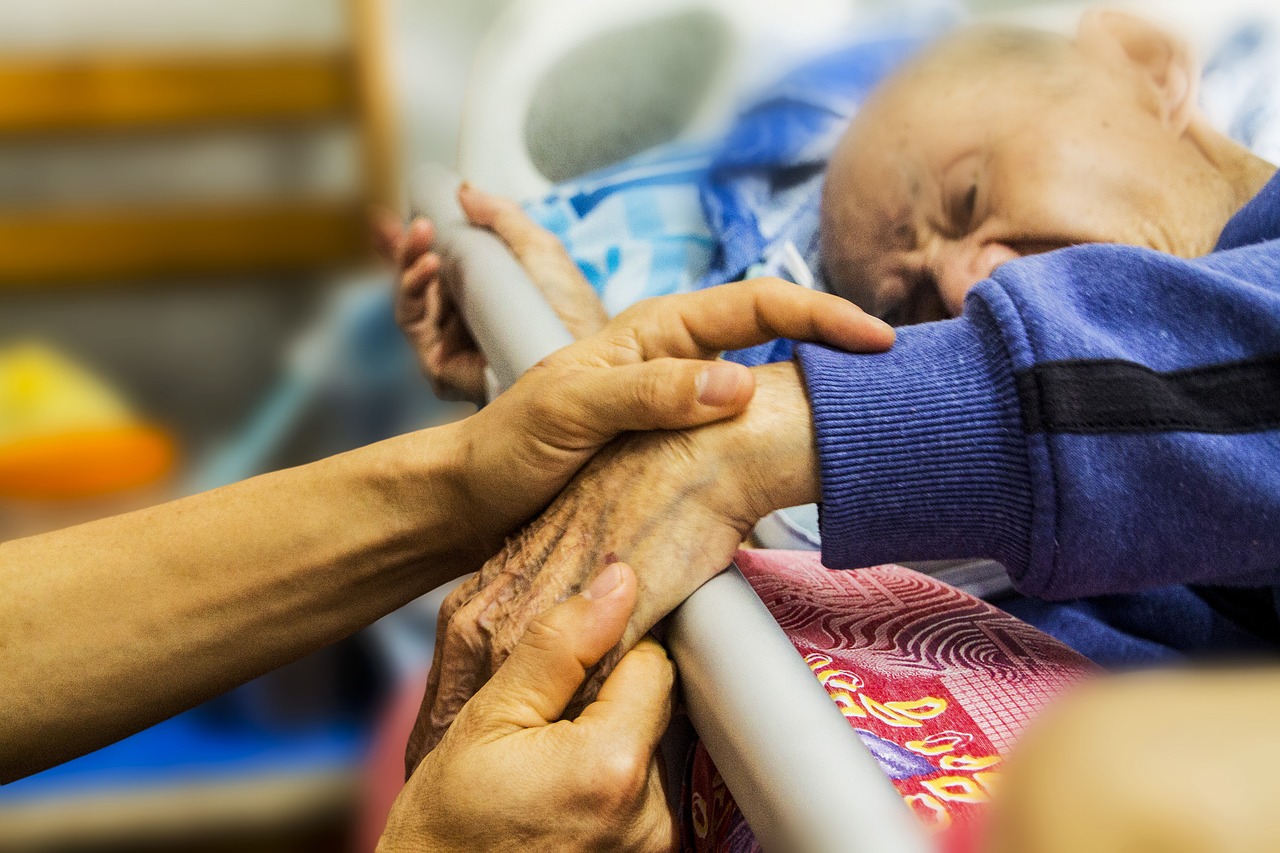Understanding End-of-Life Visions

When reading about signs and symptoms of end of life, there are many clinical descriptions: changes in breathing, mottling, decreased intake of fluid and food. One sign often stands out as being decidedly not clinical: visions before death. Yet, if you ask anyone working in end-of-life care about this, they’ll assure you that it is a common occurrence.
Experiencing end-of-life visions.
“I’ve been with many patients who see loved ones,” Crossroads Hospice & Palliative Care Chaplain Ann O’Shea shares. “Recently, a patient sat up and said ‘hello’ to someone I couldn’t see and began talking to them.”
Many nurses, hospice aides, and family caregivers providing end-of-life care to patients and family members share similar experiences of visions before death.
“Sometimes patients don’t see a loved one, but they say they see spirits they don’t know popping in to visit. Sometimes, it is many people. They’ll say the room is crowded,” Crossroads Nurse Carolyn Quach-Huynh adds. “It’s also not always a vision. It can be a deceased spouse or parent appearing in dreams. Or a familiar smell – like cigars or a certain perfume.”
The terminally ill patient may also share that they are getting ready to go on a journey or that they recently visited places with a deceased parent or spouse.
All of these situations are very common, not just in the final hours of person’s life, but often in the days and weeks leading up to it.
What to do if your loved one is experiencing visions at end of life.
These visions are not hallucinations or a reaction to medication. The most important thing to do if your loved one is seeing visions or having visitation dreams is to acknowledge and support them. Do not argue with your loved one about the experience, correct them, or try to explain the vision. Do not panic as that can upset your loved one. Instead, take them at their word and encourage them to share the experience with you.
“As a caregiver, it is not our job to prove, disprove, or do experiments,” says Carolyn. “We are there to provide support and comfort.
In most cases, these end-of-life visions are indeed a source of great comfort to the person experiencing them.
If this is not the case and your loved one is becoming agitated by the visions or nightmares, talk through what the source of their fear is. Are they afraid of dying? Are they afraid of the person in the vision because of past bad acts? Let your hospice care team know about your loved one’s agitation. Chaplains and other trained hospice staff can help alleviate many concerns.
“This is the beauty of Crossroads Hospice & Palliative Care,” says Carolyn. “We are available to support families 24 hours a day, 7 days a week, and we can come out at any time if the patient or their family needs extra assistance.”
While it can be very hard to accept that the end is near for someone you love, these visions before death often signal to your loved one that their time has come. A vision of a parent or other loved one waiting for them can provide a feeling of peace about the experience, bringing comfort to both the patient and those around them.
If you know someone who could use the support of hospice or has been diagnosed with six months or less to live, please call us a 1-888-564-3405 to arrange for a hospice evaluation.
Recommended Reading:
A Guide to Understanding End-of-Life Signs & Symptoms
Is Dying Easier for the Faithful?
After Death: What Happens Next?
If you found this information helpful, please share it with your network and community.
Copyright © 2017 Crossroads Hospice & Palliative Care. All rights reserved.




